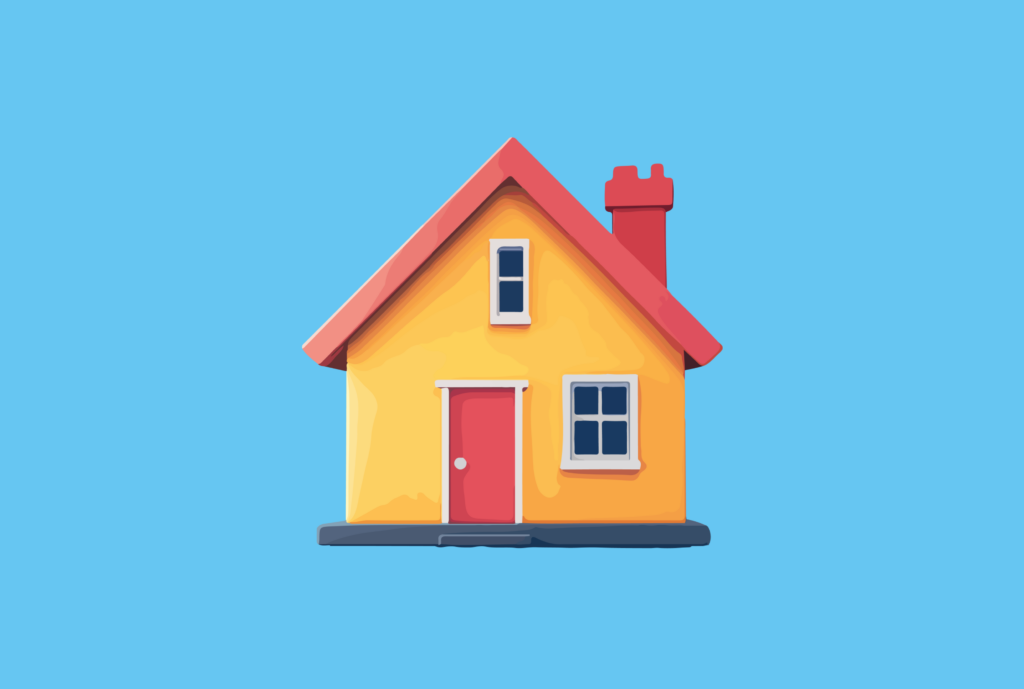
Foreclosures often look promising as real estate investment strategies. Buy low, sell high, or maintain them as rental properties. During the 2008 housing market bubble burst, foreclosures were available in most communities, creating an opportunity to flip homes quickly and for less.
Times have changed. For real estate investors looking for a way to build passive income, foreclosures offer significantly high risk and costs. Before you invest in a foreclosure property, there are several factors to think about that could sway your decision.
What’s the state of the current foreclosure market in the US?
In January, lenders started the foreclosure process on nearly 21,000 homes across the country. That’s up about 8% from December, according to ATTOM data. Completed foreclosures, those that lenders end up actually taking ownership of, increased by about 1% month-to-month but are down 25% from the previous year.
What does this data mean to you, an investor entering the market?
Limited opportunities exist in many areas.
That’s because many homes have a significant amount of equity, allowing homeowners to sell before being forced into foreclosure. Home equity grew across all homeowners by about 2.5% in 2024 over the previous year.
Opportunity for value increase could be minimal
If you do find a property that’s in foreclosure, the opportunity to flip for profit could be limited. That’s thanks to the high value of homes. Lenders have significant money in foreclosures and don’t simply offer them for pennies on the dollar as they did in the mid-2000s. That means buying a foreclosure property doesn’t often leave enough room for a sizable flip.
They are a lot of work
Let’s not overlook the hard work and investment that goes into foreclosure properties. Many are vacant (and have been for years), requiring significant updates. Since the foreclosure process can drag out for a year or more, that’s potentially a lot of time for a home to sit without a homeowner. Since most are bought sight unseen, you have no real idea of the condition and whether costly renovations will be necessary. Even if you do want to roll up your sleeves and do the work, chances are good that you’ll find the price of raw materials much higher today, thanks to inflationary factors.
There’s still a demand for rental properties in much of the US, but the difference is that buying and owning them outright isn’t the best way for many of today’s new real estate investors to build wealth. Foreclosures are hands-on, hard work, and limited profit potential projects in many areas.
Passive Real Estate Investing Is the Easier, More Lucrative Option
Capitalizing on the real estate market is still very much possible from a rental viewpoint, but how you enter into this industry makes a difference. Fractional real estate investing is the smarter alternative. It allows you to put as much money into the business as you’re comfortable with right now without all the work that goes into building and managing your properties.
For safer wealth management that demands less physical labor with a solid ROI, reach out to Ark7. Doing so opens the door for new opportunities to capitalize on the fast-changing real estate market.
